Perhaps the main revelation of this documentary is that anyone can submit a proposal to create a new emoji (which means ‘picture character’ in Japanese). If you happen to have an idea for an emoji that is yet to exist, you can research and present your case to the Unicode Consortium which, although sounding like a Bond villain’s organisation, is in fact a group of people in Silicon Valley who control emojis as we know them.
Throughout The Emoji Story we follow three proposals for new emojis: a hijabi girl, period blood-stained pants and maté (a national Argentinian drink). These seem incongruous put together, but as we discover, they each hold major representative significance and the people campaigning for their creation are incredibly passionate about them.
The Unicode’s criteria for the creation of an emoji is that it must be popular, fill a gap in an existing category, have multiple meanings and permanence, and it cannot represent a brand, celebrity or deity. Some of the emojis they have rejected include a triceratops, Jesus, a condom, and a frowning poo.
If this is all sounding ridiculous to you, you’re not alone. There are those who worry that emojis are destroying language as we know it, and are against the oversaturation of the emojipedia. It is undeniable however that emojis hold great expressive power. Reminiscent of hieroglyphs and Chinese characters, they can overcome language barriers and hold multiple meanings (looking at you eggplant emoji).
Of course they also have their limitations, as the documentary displays. Emojis lack the ability to cover abstract concepts such as the past, present and future, and it is impossible to create an emoji for every word in every language, particularly as symbols can mean different things in different countries. Unicode’s control of emojis also raises ethical issues and goes against the libertarian ethos that the internet was founded upon. Despite this, we have linguistically adapted them to suit our needs, such as changing nouns into verbs, as with the microphone emoji representing singing. We also use emojis sequentially to construct sentences, as the documentary tells us ‘humans have an innate urge to create language’.
Whichever way you look at it, emojis have held influence ever since their creation in 1997. Watching the hijabi and maté emojis be accepted into Unicode makes for joyous watching, as their originators celebrate their accomplishments. As one of them put it, ‘people might not think it’s important but even a small symbol like an emoji can help spread and support an entire identity’.
You can watch The Emoji Story here.

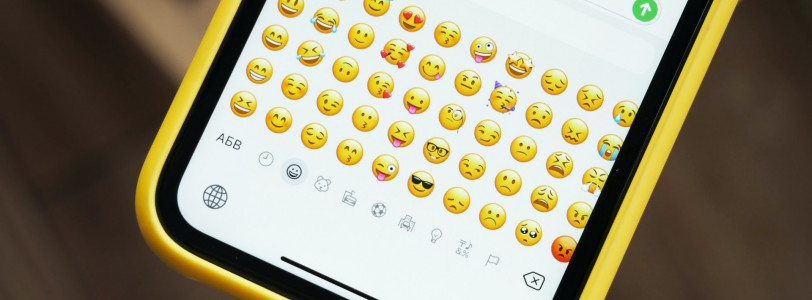
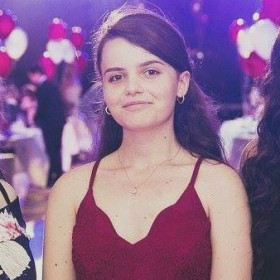
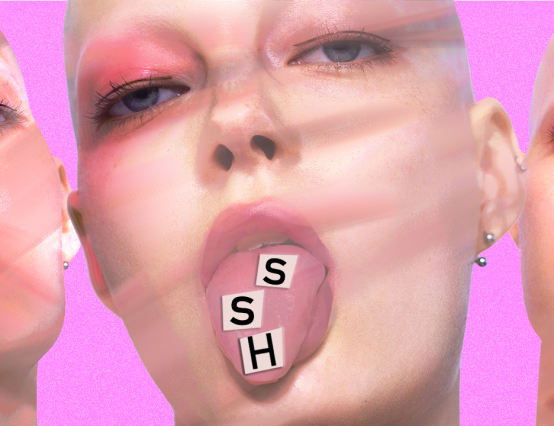
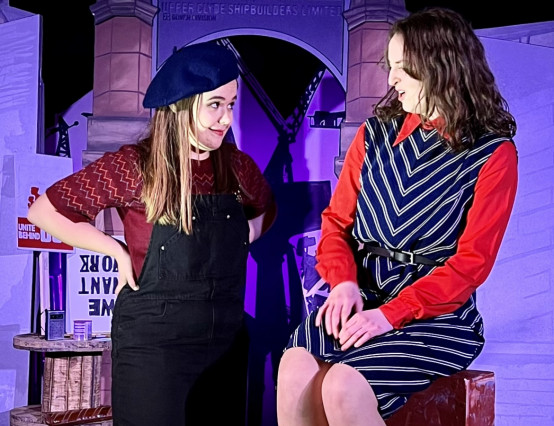
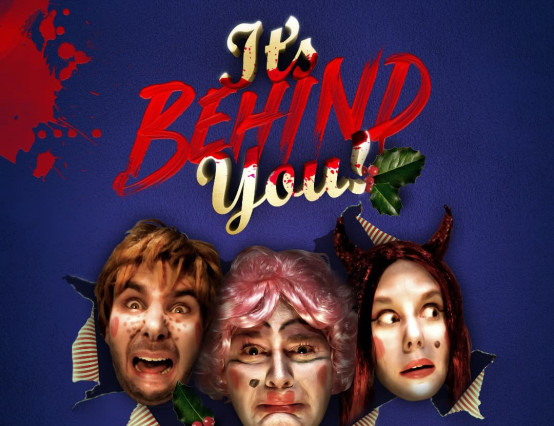



0 Comments